12 Gardening Tips for Mild-Winter States in November
Gardening in mild-winter states during November can be surprisingly rewarding with the right approach. The cooler air and softer sunlight create the perfect setting to refresh garden beds and prepare for the coming months. It is a good time to check the soil, protect tender plants, and plan for late-season growth. Paying attention to temperature shifts and watering schedules makes a big difference in how plants adjust.
This post may contain affiliate links, which helps keep this content free. Please read our disclosure for more info.
Check Soil Moisture Regularly
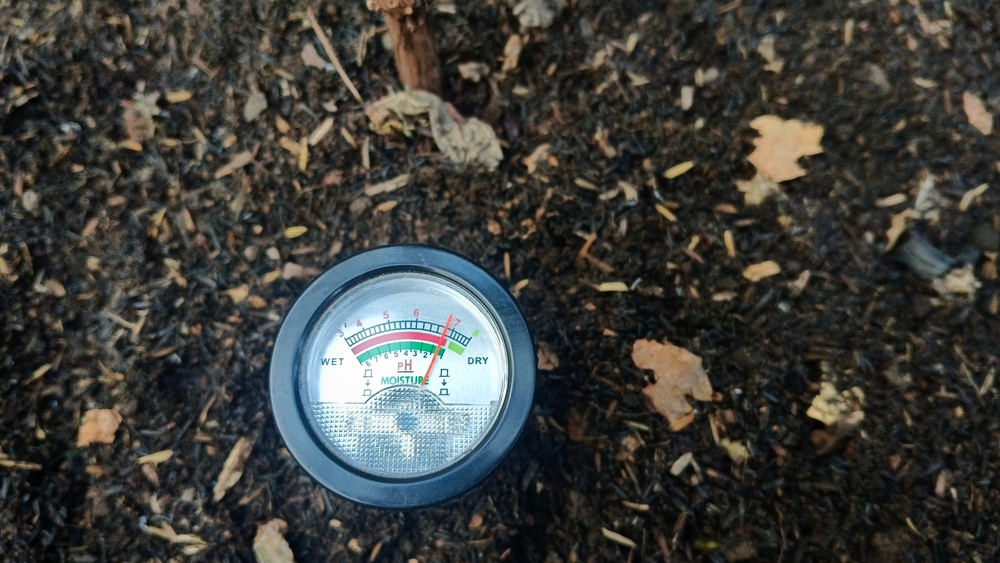
In mild-winter states, soil can dry out faster than expected due to wind and low humidity. Checking the moisture levels helps you know when plants truly need water instead of following a strict schedule. Overwatering can harm roots, so test the soil a few inches below the surface before watering. Use mulch to help retain moisture and prevent sudden temperature swings. A well-balanced watering routine keeps your garden strong through the changing season.
Healthy soil keeps plants thriving through mild winters. It supports root growth and encourages steady nutrient absorption even when temperatures drop slightly. When the soil is just moist enough, it prevents fungal growth and waterlogging. Paying attention to these small details helps your plants stay lush and vibrant. Consistent care at this stage will save you work later in the season.
Add a Fresh Layer of Mulch
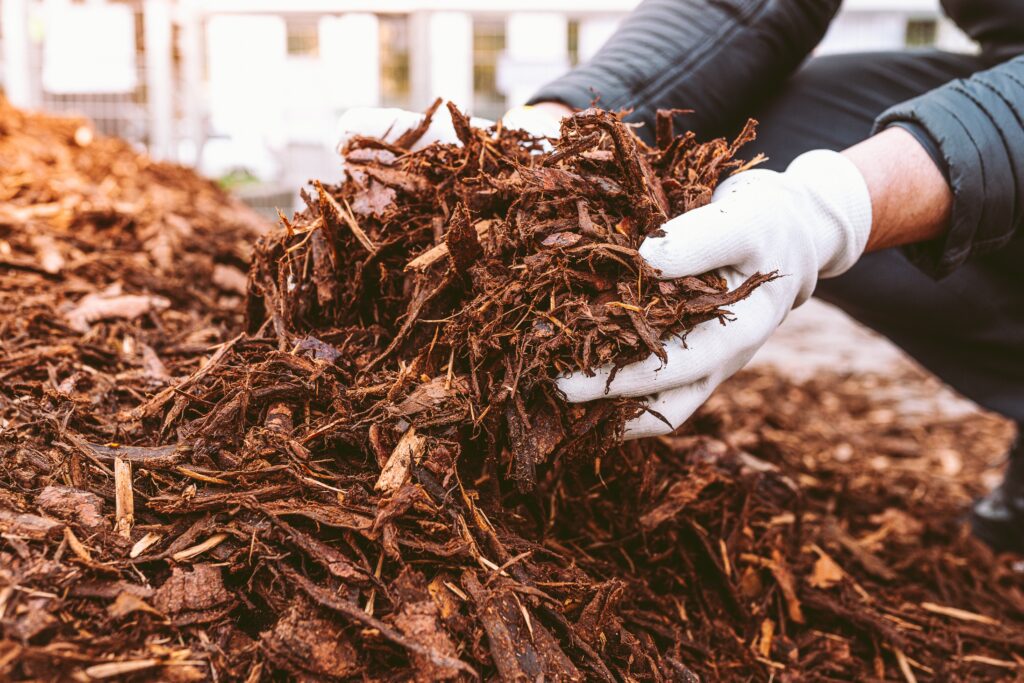
Applying a new layer of mulch in November protects plant roots from temperature fluctuations. In mild-winter areas, this also helps control weeds and reduce soil evaporation. Choose organic materials like straw, shredded bark, or compost to add nutrients while providing insulation. A 2- to 3-inch layer works well for most garden beds. This simple step gives your plants extra comfort during cooler nights.
Mulch acts as a natural barrier that supports both moisture and temperature balance. It helps soil stay soft, making spring planting much easier. Over time, organic mulch breaks down and enriches the soil with natural matter. It also keeps your garden looking tidy and well cared for. Regular mulching is one of the easiest ways to keep your garden in great shape all winter.
Plant Cool-Season Vegetables
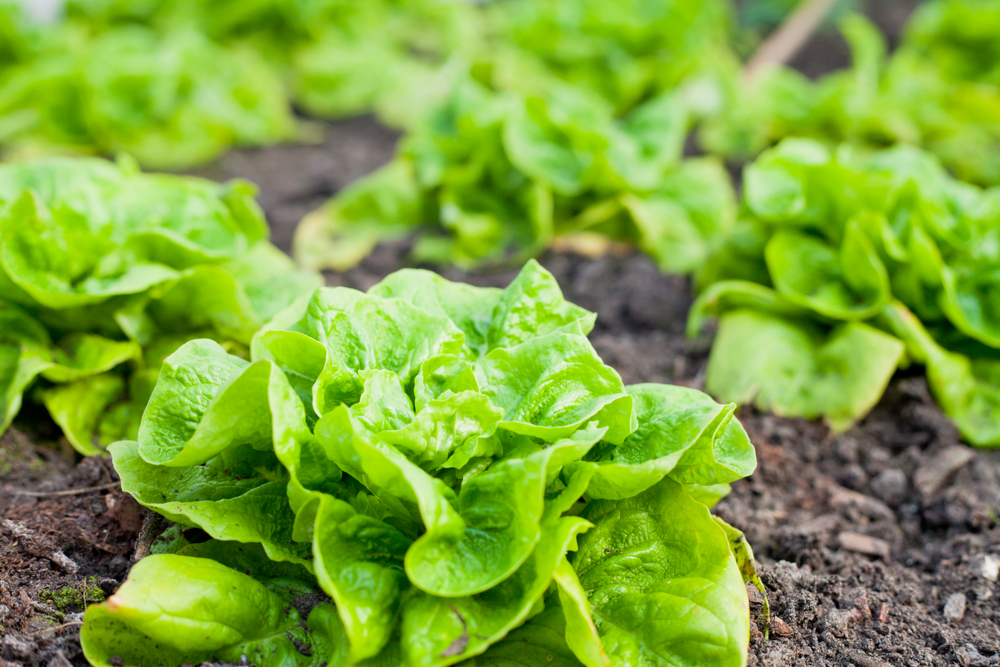
November is perfect for growing cool-weather crops in mild-winter states. Vegetables like kale, spinach, lettuce, and broccoli thrive when temperatures stay moderate. Planting now ensures a fresh supply of greens throughout the cooler months. Use raised beds or containers if your soil stays damp after rain. These crops are low-maintenance and reward you with steady harvests.
Cool-season vegetables grow best when given rich, loose soil and consistent watering. Their flavors often improve with a touch of chill in the air. Many gardeners appreciate how easy these crops are to maintain through winter. Planting them now keeps your garden productive and full of life. It is a satisfying way to extend your growing season naturally.
Prune Dead or Diseased Branches
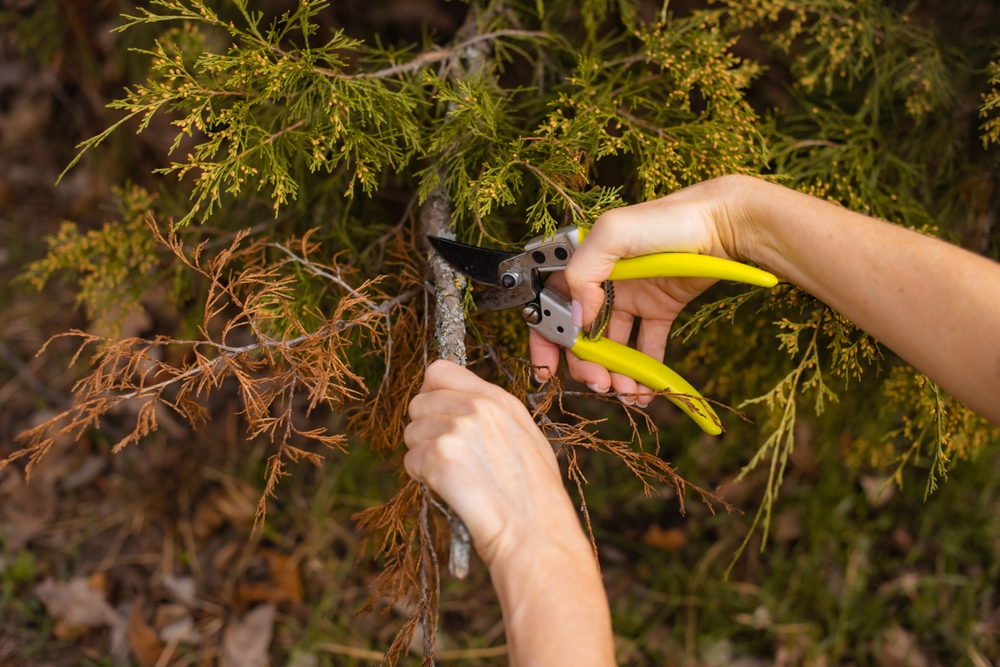
Late fall is an ideal time to remove unhealthy or damaged plant growth. Pruning allows better air circulation and helps prevent pests from settling in during winter. Trim dead wood and shape shrubs while the weather is mild. Avoid heavy pruning that may stimulate new growth before frost risk passes. This light maintenance keeps plants looking neat and healthy.
Proper pruning gives plants a stronger structure heading into the new season. It directs energy toward healthier parts instead of wasted branches. This simple task also helps reduce mold and mildew buildup. Keeping your garden trimmed and tidy promotes natural regrowth when spring arrives. A few minutes with pruning shears can make a visible difference in your landscape.
Fertilize with Compost or Organic Matter
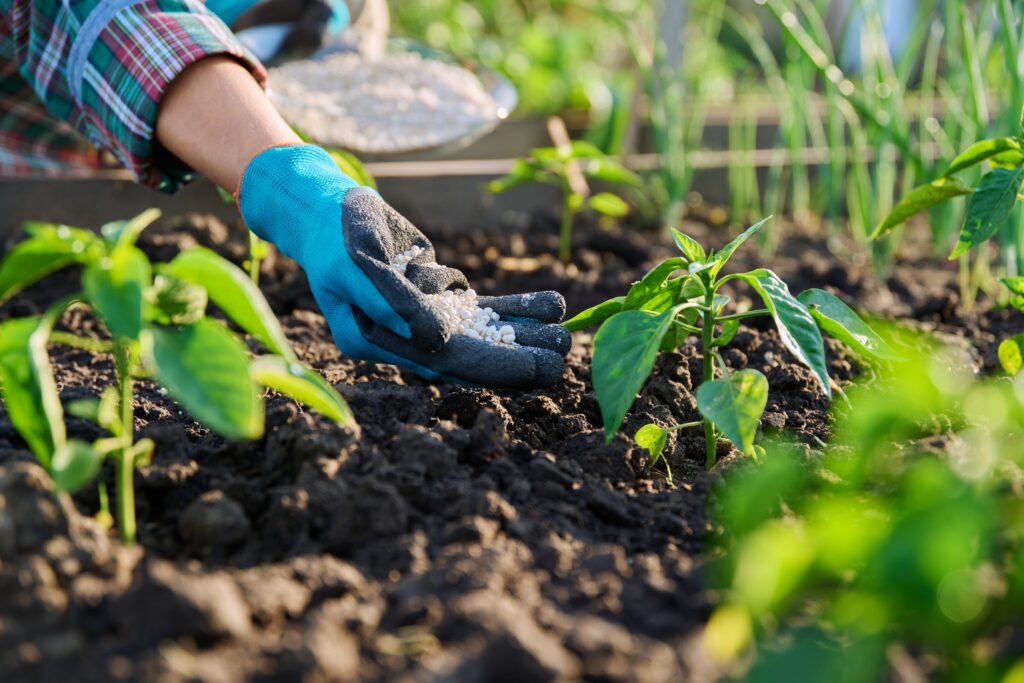
Feeding your soil with compost before winter strengthens your plants for the months ahead. In mild-winter climates, decomposition continues slowly, allowing nutrients to release over time. Spread a thin layer of compost or aged manure around garden beds for steady enrichment. This supports microorganisms that keep soil alive and balanced. It is a great way to give your plants lasting nourishment.
Healthy soil enriched with compost grows sturdier plants with better resistance to stress. Natural fertilizers also improve drainage and texture. Instead of using harsh chemicals, compost creates a safer, more sustainable foundation. Regular feeding like this builds long-term soil health year after year. Your plants will thank you with greener leaves and stronger roots.
Protect Tender Plants from Sudden Cold
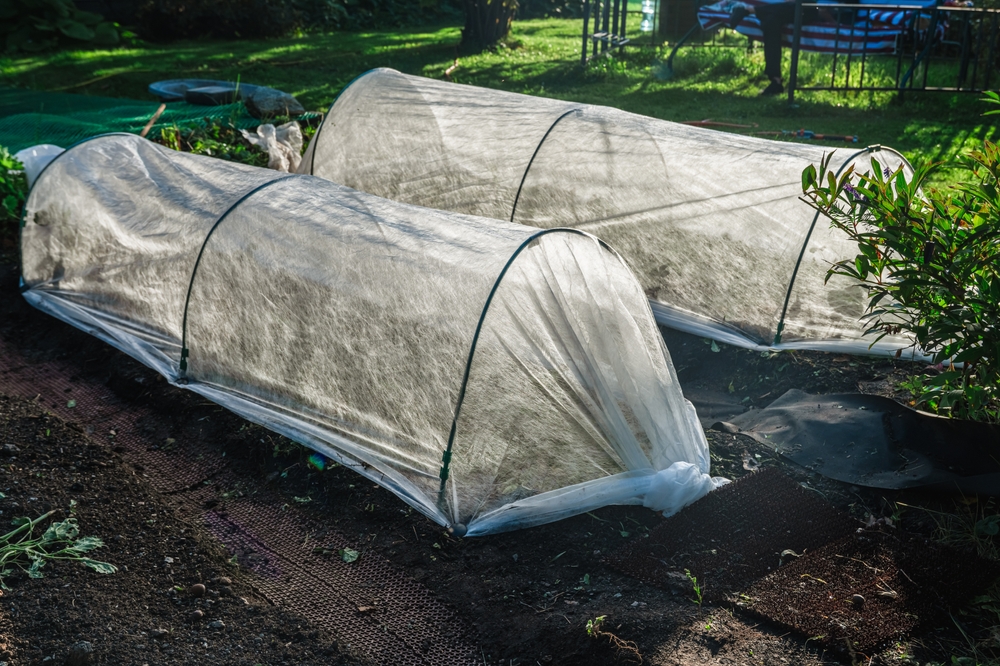
Even in mild-winter areas, occasional cold snaps can surprise your garden. Keeping frost blankets or row covers handy can save sensitive plants from damage. Potted plants can be moved near walls or under covered patios for warmth. Lightweight fabric covers work well while still letting air and light through. A little preparation keeps your garden safe when temperatures drop unexpectedly.
Shielding delicate plants reduces shock and helps them recover quickly after cold nights. Protection methods also guard against windburn and moisture loss. Gardeners often use mulch around the base to add another layer of insulation. Being proactive in November saves you from replacing frost-damaged plants later. Simple protection steps go a long way in maintaining a healthy garden.
Clean Up Fallen Leaves and Debris
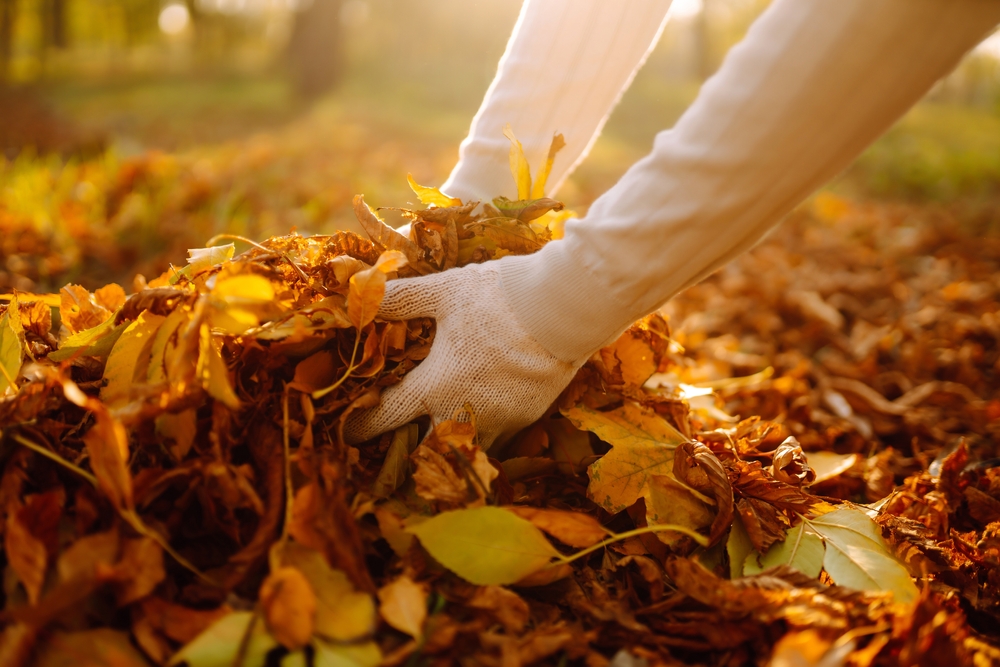
Raking and clearing fallen leaves keeps your garden looking tidy and prevents disease spread. Piles of damp leaves can trap moisture and attract pests during cooler months. Collect them for composting or use them as mulch around shrubs and trees. Removing debris helps soil breathe and allows winter sun to reach plant roots. This routine cleanup is both practical and rewarding.
A clean garden bed supports better airflow and prevents unwanted fungi. It also gives you a chance to inspect soil health and make small repairs before winter sets in. Turning leaf litter into compost adds free organic material to your garden later. Spending a few minutes tidying now saves hours of maintenance later on. A fresh-looking garden creates a welcoming space even in cooler weather.
Start Planting Spring Bulbs
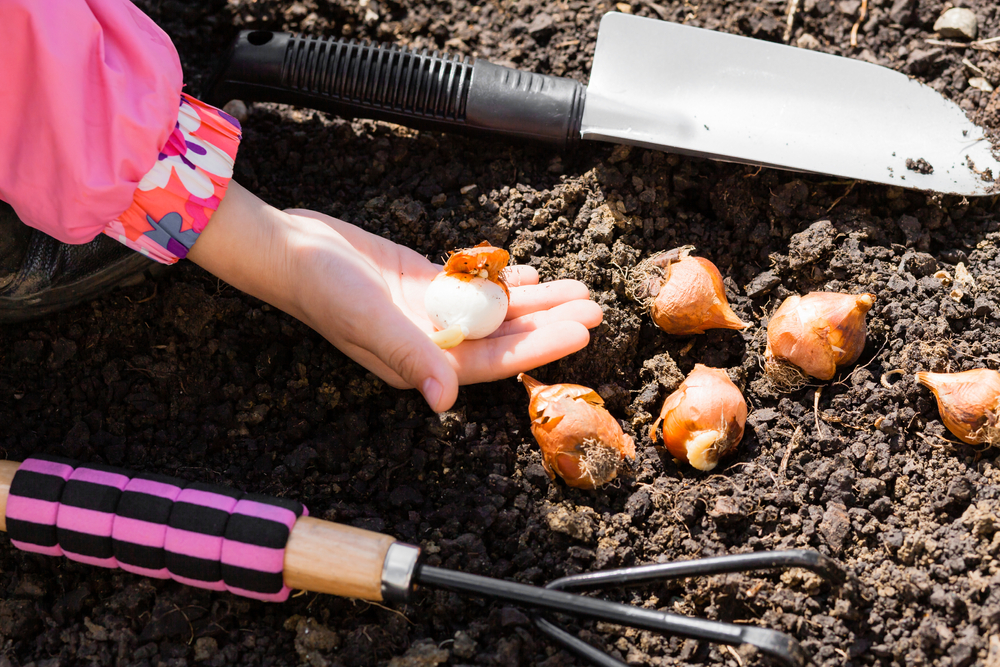
November’s mild weather provides the right conditions for planting spring-flowering bulbs. Tulips, daffodils, and hyacinths all need cool soil to establish roots before blooming. Plant bulbs at twice their depth with the pointed end facing upward. Water them lightly and add mulch to retain moisture. These early preparations guarantee colorful blooms when warmer days return.
Gardeners love how planting bulbs adds anticipation to the colder months. It feels satisfying to plan ahead while enjoying the mild climate. Bulbs require little attention once planted, making them ideal for busy gardeners. A well-placed bulb garden rewards you with vibrant color in spring. This small effort now leads to a beautiful display later.
Harvest Remaining Crops Before Frost

As nights grow cooler, it is important to pick ripe fruits and vegetables before frost arrives. Even mild-winter states can experience temperature dips that damage produce. Gather remaining tomatoes, herbs, and peppers to preserve their quality. You can freeze or dry extras for use later in the season. Harvesting early keeps your plants healthy and your pantry stocked.
This step helps prevent food waste and protects your garden’s next growth cycle. It also allows you to clean up spent plants and prepare soil for winter rest. Removing old crops stops pests from settling into decaying vegetation. A quick final harvest keeps your garden productive and ready for replanting. Fresh produce from your own garden always feels worth the effort.
Test and Adjust Soil pH Levels
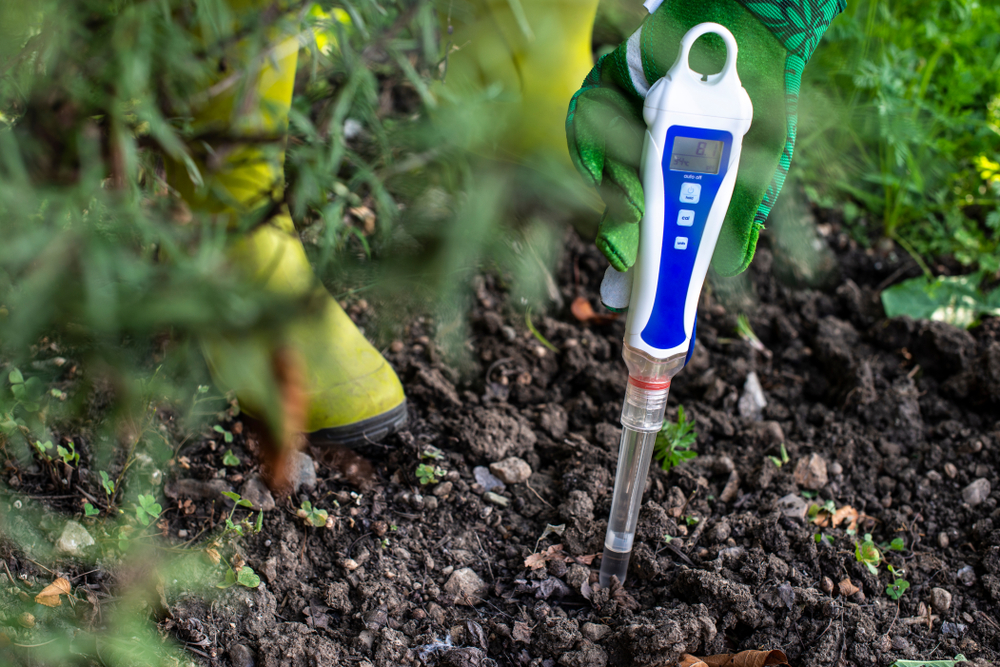
Checking your soil’s pH in November prepares it for the next planting cycle. Mild-winter regions often experience gradual shifts in soil composition after rain and seasonal use. Home testing kits make it easy to measure acidity or alkalinity. Based on results, you can add lime or sulfur to correct imbalances. Balanced soil encourages stronger and more vibrant plant growth.
Maintaining the right pH supports proper nutrient absorption and root development. Plants thrive best when the soil stays within their ideal range. Testing now gives you time to make adjustments before spring. It also prevents guesswork when planting new crops or flowers. Regular soil testing helps maintain long-term garden health naturally.
Divide and Replant Perennials

November’s cool temperatures create an ideal setting for dividing overcrowded perennials. Plants like daylilies, irises, and hostas benefit from being split and replanted. Doing this improves air circulation and encourages fresh growth next season. Use a sharp spade to separate healthy clumps and replant them in prepared soil. Water well to help them settle before winter.
Dividing perennials gives you more plants for other areas of your garden. It refreshes older patches and prevents plants from competing for nutrients. Many gardeners share divisions with friends or neighbors to spread their favorite varieties. Replanting now ensures healthy blooms and balanced spacing in the coming months. It is a productive and satisfying November task.
Check and Clean Garden Tools

Caring for your tools in November keeps them ready for the next gardening cycle. Clean blades with warm soapy water and dry them thoroughly to prevent rust. Sharpening and oiling metal parts improve their performance and lifespan. Store tools in a dry, sheltered space away from moisture. Regular maintenance keeps gardening easy and enjoyable throughout the year.
A well-kept set of tools makes every gardening task smoother and safer. Cleaning prevents diseases from spreading between plants. It also saves money since maintained tools last much longer. Taking time for this step at the end of the season brings lasting benefits. When spring arrives, you will be ready to start fresh without delay.
This time of year allows gardeners to refresh their soil, protect their plants, and set the stage for early spring blooms. With consistent effort, even small tasks can make a visible difference. Enjoy the slower pace of November gardening while preparing for the seasons ahead.
This article originally appeared on Avocadu.
